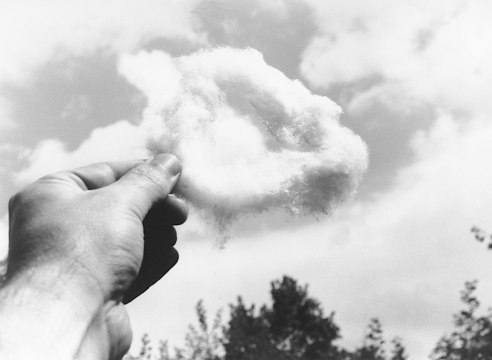
SP-Arte 2015 | São Paulo, Brazil | Main Galleries Section | Stand F12
Alexander Gray Associates presented an exhibition of historical work by Luis Camnitzer (b.1937) that highlight the artist’s practice of creating poetic associations between language and visual imagery. The featured artworks spoke to the politics of geography and the artist’s interest in challenging and broadening preconceived realities by considering art as a formulation of ideas and a solution to problems.
On view was Envelope (1967), an important work produced by Camnitzer during his time at The New York Graphic Workshop (1964–1970), a collective he co-founded along with fellow artists Liliana Porter and José Guillermo Castillo. In this suite of 10 etchings, the artist pairs a single geometric form with 10 words—such as “envelope,” “tunnel,” and “window,” among others—suggesting different interpretations for the same object. This work embodies Camnitzer’s ability to use language as primary medium, a defining characteristic of his practice, and marks the beginning of his investigation into authorship and originality.
Through the 1970s Camnitzer delved into issues of language by pairing images and text to amplify the associations between ordinary words and objects. He expanded his practice from printmaking to include room-size installations such as Arbitrary Objects and Their Titles (1979/2015), as well as his three-dimensional Object Boxes (1973–78). This decade was also marked by Camnitzer’s increased interest in shifting paradigms; foremost the commercialization of art and the changing political landscape of rising military regimes in Latin America. Camnitzer produced a body of work critiquing the commodification of art, including Pintura Original (1973), a painting on canvas that ironically spells the work’s title along with the estimated costs for production materials and the symbolic value of the artist’s signature. While living in New York, he witnessed and responded to the rise of political repression in his homeland of Uruguay and throughout Latin America through works such as Marighela (1970), an etching in homage to Brazilian revolutionary Carlos Marighella.
The politics of landscape and geography are two dominant themes in Camnitzer’s practice, as exemplified in Canales (1980). This diptych incorporates a collaged world-map and text written by the artist in which he imagines a future reality with multiple cross-continental canals. This altered landscape results in the equitable distribution of land and goods, rebalancing the social, economic and political realities across the globe by displacing dominate geopolitical forces, primarily the United States and Europe. In Tratado sobre el paisaje (1996) Camnitzer indexes the elements of traditional landscape painting by placing assorted objects into glass bottles labeling them with words such as “sky,” “sun,” “tree,” and “mountains.” For Camnitzer, these works employ the act of “re-imagining our thought processes,” and embody the intersection between art and life.
About SP-Arte
The São Paulo International Art Fair was founded in 2005, it is now one of the most distinguished art fairs in Latin America presenting the top galleries from Brazil and across the globe. Over the span of five days, SP-Arte offers a unique opportunity to interact with artworks, artists, curators, and other professionals from the art world. São Paulo is transformed with special programming taking place in museums, cultural centers, galleries, and special visits to private collections and artist studios.
























